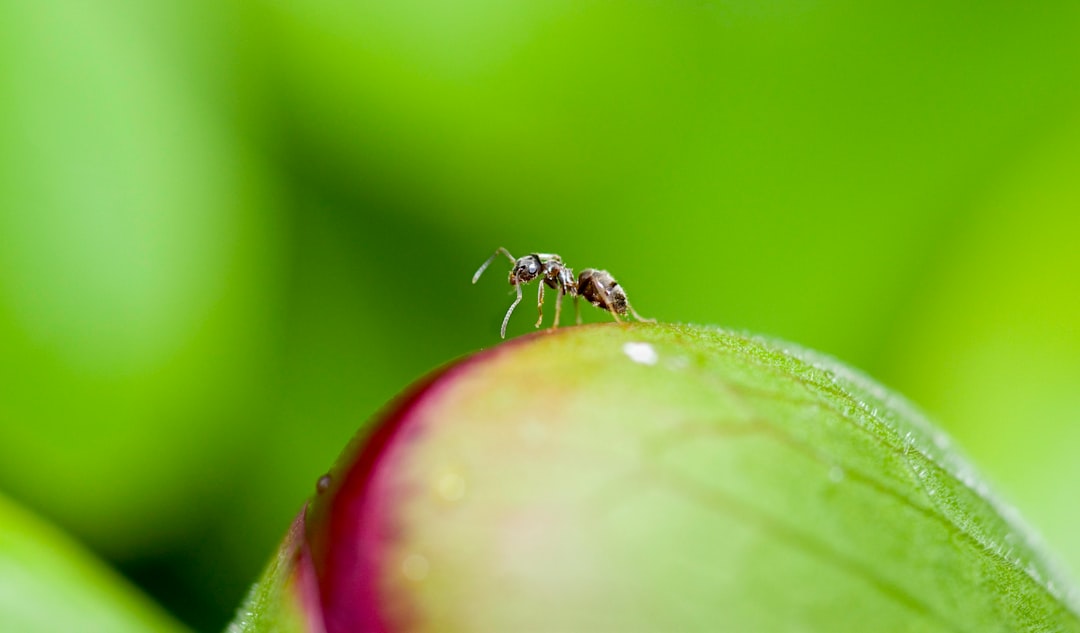What is it about?
Objective: Our aim was to investigate 70% partial hepatectomy (PH) groups, compare with not subjected to PH groups after exposure to hepatotoxic agents for alterations in the protective effects of antioxidant agents and sensitivity of the liver. Accordingly, we aimed to investigate the toxicity of a hepatotoxic agent, carbon tetrachloride (CCl4), and protective effects of an antioxidant, N-acetylcysteine (NAC), in experimental animal model.
Featured Image
Why is it important?
These results indicated that CCl4 increased oxidation products, reduced liver enzymatic activity and reduced proliferation activity in both hepatectomised and nonhepatectomised liver. The liver injury of CCl4 and the protective effect of NAC was similarly in both main groups. Consequently, making PH may not create a negative effect and an additional health problems in liver. Thus, these results can positively affect the decisions of the healthy liver donors.
Perspectives
Consequently, making PH may not create a negative effect and an additional health problems in liver. Thus, these results can positively affect the decisions of the healthy liver donors.
Dr Sedat Bilgiç
Adiyaman Universitesi
Read the Original
This page is a summary of: Carbontetrachloride induced acute liver damage and protective effect of n-acetylcysteine on rats with regenerated and non-regenerated liver / Karaciğeri rejenere olan ve olmayan sıçanlarda, karbontetraklorürle indüklenen akut karaciğer hasarı ve n-aset..., Turkish Journal of Biochemistry, January 2016, De Gruyter,
DOI: 10.1515/tjb-2016-0029.
You can read the full text:
Contributors
The following have contributed to this page










